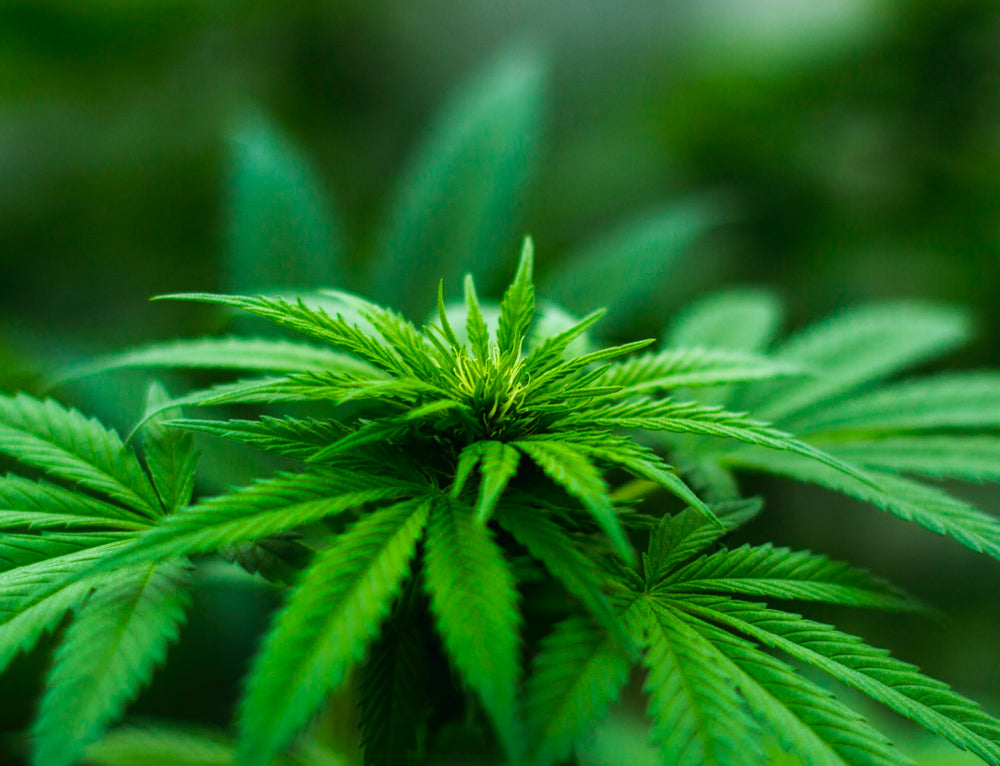Medical Marijuana: Are the benefits worth the risk?

Most alternative health practices come with their fair share of skeptics. However, few are quite as disputed as the practice of using marijuana for medical purposes. Medical marijuana, also known as cannabis, is particularly controversial. Legalities, political views, lack of scientific evidence, and ethics all play a part in the sometimes-heated debate. Despite the questionable status of cannabis, the herb has been used for thousands of years for medicinal purposes. Today advocates ferociously rally behind the practice, and some former skeptics are slowly beginning to shift their stances and take a closer look. However, the U.S. Food and Drug Administration has yet to officially state that marijuana is safe or effective in treating any health conditions, and according to the U.S. government it is still a restricted substance.
So, what are the benefits? Are they worth the risk? And, where do we go from here?
Medical marijuana is used for a number of conditions. Widespread usages include chronic pain relief, easing nausea symptoms, and increasing appetite. These applications could greatly benefit individuals who suffer from a variety of health problems including cancer and HIV/AIDS. Research indicates that smoking marijuana may relieve eye pressure, which has been found to offer relief for some individuals with glaucoma. Additionally, a component of marijuana known as cannabidiol has been linked to reducing seizures in people with epilepsy. The use of medical marijuana does come with its share of possible side effects as well. This list includes drowsiness and slow reaction times, dizziness, an increase in anxiety, trouble concentrating, and short-term memory loss. That being said, some also report an overall feeling of happiness and a decreased feeling of anxiety as side effects of using medical marijuana.
Although many states have passed laws to make medical marijuana legal, (with restrictions attached to growth and possession) medical marijuana is still illegal on a federal level (except for within approved research settings). Therefore, the choice to use medical marijuana is a decision that carries quite a bit of weight with very real risks. Additionally, the legal restrictions surrounding marijuana create a number of barriers for researchers who wish to explore the plants potential. However, as of late some of those restrictions have eased up to some extent, giving researchers a bit more freedom to investigate. As a result of scientific research, the FDA has approved two separate drugs made from cannabinoids to help treat symptoms of chemo-therapy treatment for cancer patients.
Where do we go from here? As with many alternative health practices – more research is most certainly needed to fully understand both the benefits and the risks behind medical marijuana. With additional information, many cases will inevitably be made for and against the therapy. Ultimately, the hope is that anyone suffering from health conditions will be able to find relief through both conventional medical treatment as well as more holistic and natural approaches – should that be their preference. Until then, we all must keep advocating for what we believe is right, seeking information and doing the best we can with the resources we have to take good care of ourselves.
Sources:
https://nccih.nih.gov/health/marijuana
https://medlineplus.gov/ency/patientinstructions/000899.htm
https://nccih.nih.gov/news/cannabidiol
https://www.cancer.gov/about-cancer/treatment/cam/patient/cannabis-pdq




